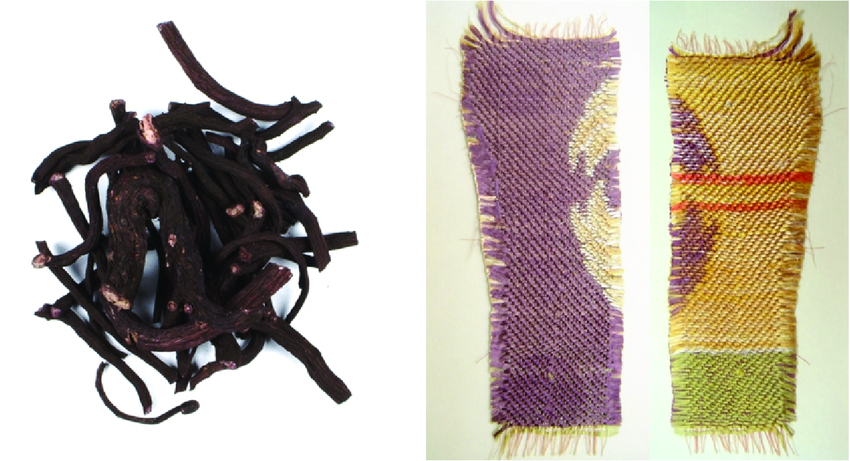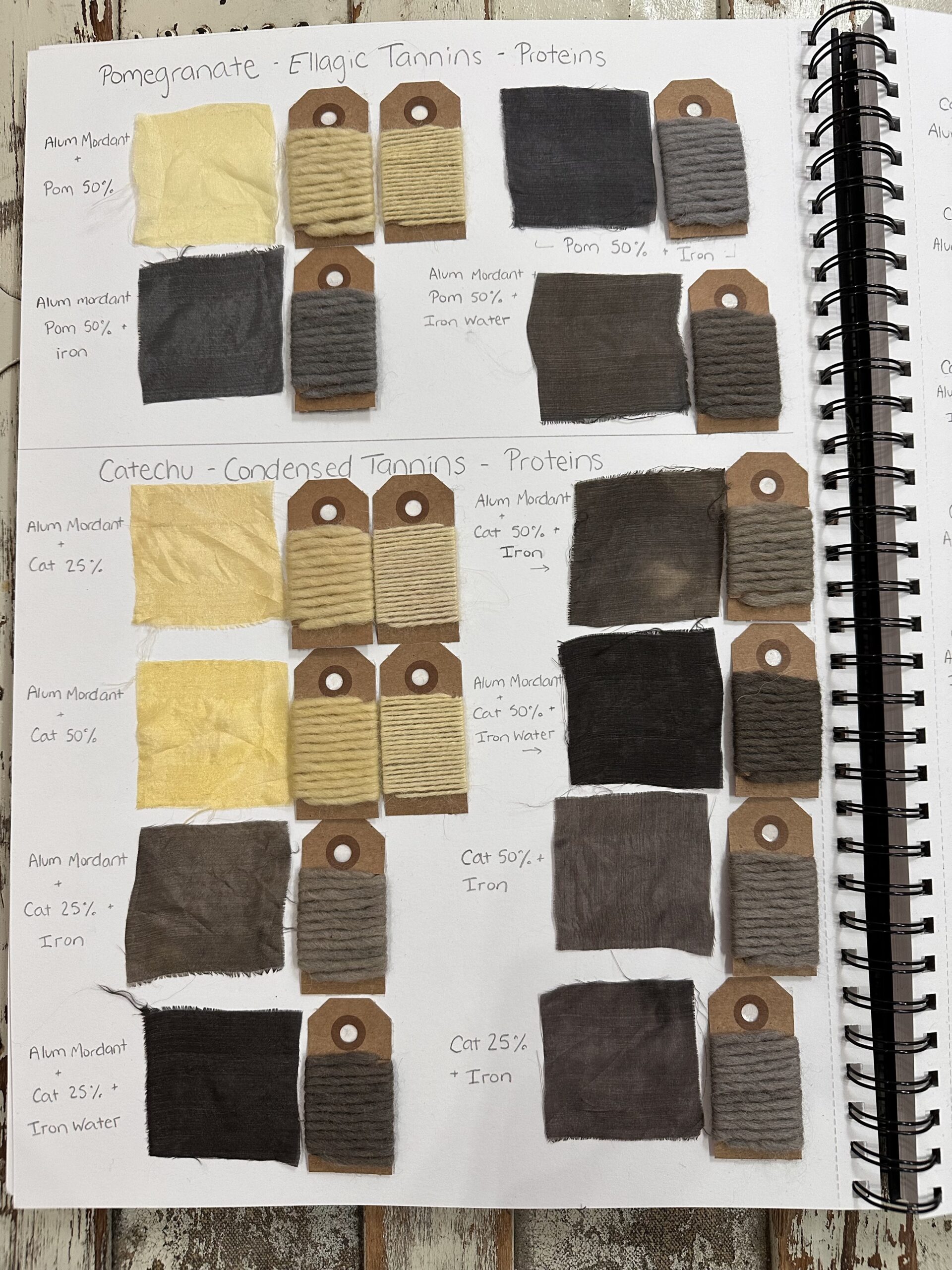Purple gromwell (aka red stoneroot and red gromwell) is related to Borage and forget-me-not and has been used both medicinally and for dyeing for literally thousands of years, especially if you consult East Asian texts. In different cultural traditions, it was variously believed to have, when ingested, properties ranging from anti-viral to contraceptive properties to all kidney issues. When used topically it was believed to help with all manner of skin complaints from eczema to smallpox!
Tyrian Purple – the highly prized dye extracted from a Mediterranean mollusc, did not make it over to East Asia, or at least not in enough quantity to become any kind of main source of purple. In fact, purple, while being a high-status colour, did not have the Imperial associations it did in European cultures. I have not yet found evidence that purple gromwell dye made it to Europe in period, either.

It is the root principally that is used. Usually it is dried over 2 to 3 months and then ground up into fine powder. According to old texts from East Asia, the process in Japan was to dip the fabric or yarn in an alum bath repeatedly over the same period of time. The fabric or yarn was then dipped into the dye bath repeatedly, and allowed to air in between dips to allow for oxidisation of the colour, the fabric or yarn was then dipped until the desired colour was achieved. Apparently the dyed cloth or yarn was then stored in a dark place for a year until the colour fully matured.
There are warnings written that the process was expensive as it required alum-rich mordanting and similar to most natural dyes, was prone to fading, being very light sensitive and fugitive.

 The British Museum houses some silk fragments of
The British Museum houses some silk fragments of what is believed to be a buddist
what is believed to be a buddist  streamer, that were excavated in the 19th century, from a cave in Dunhuang in Western China. They date from the 9th – 10th century CE and have been dyed with purple gromwell.
streamer, that were excavated in the 19th century, from a cave in Dunhuang in Western China. They date from the 9th – 10th century CE and have been dyed with purple gromwell.

All research pointed to alum being exclusively used to achieve the purple hue that seems to have been quite prized. So I wondered what colour a different mordant would result in. I had never used my iron-based mordant and was curious to see what effect it would have on gromwell dye, so I decided to experiment with an alum mordant and a ferrous one to see what difference that made.


As you can see, the difference is quite startling. Four dips in the dye-bath for the alum-mordanted yarn resulted in a pleasant lavender colour, while the same using the iron-mordanted yarn created quite a definite but pretty natural brown colour. There are accounts of up to 50 dips being required to get a dark purple.
The next time I use gromwell, I intend to see how repeated dipping will influence the final colour. My readings suggest that the dye is absorbed by the fibre very quickly, so it will probably also require repeated renewing of the dye in the bath.
But for now, very pleased with the contrast in results with just the change in the type of mordant.



Leave a Reply